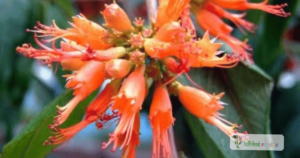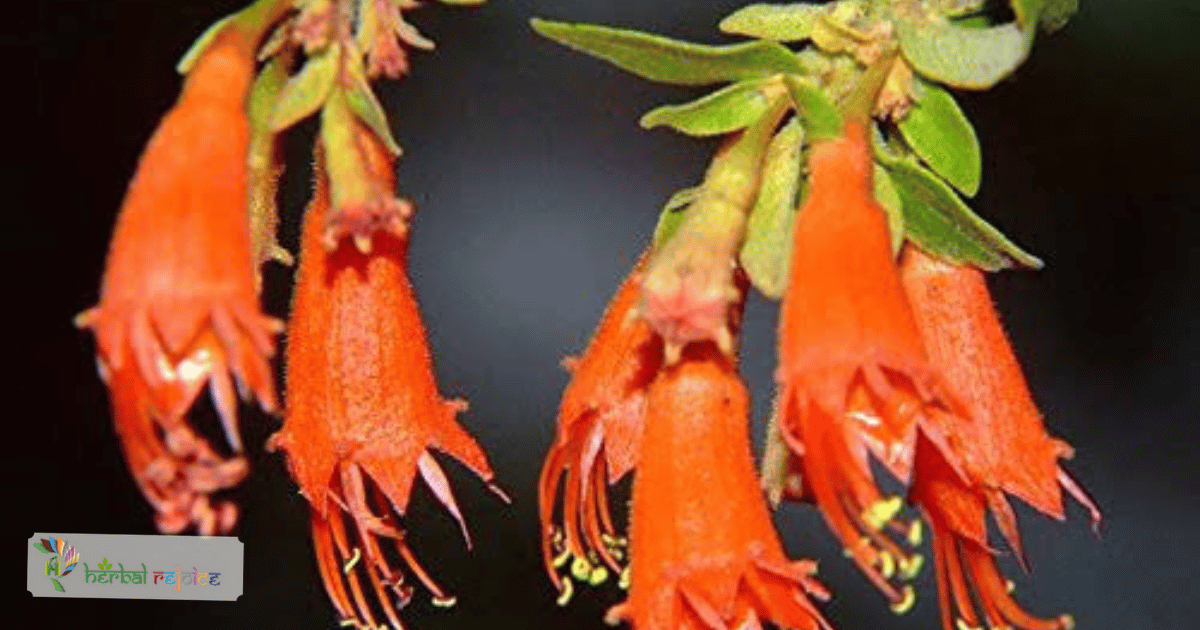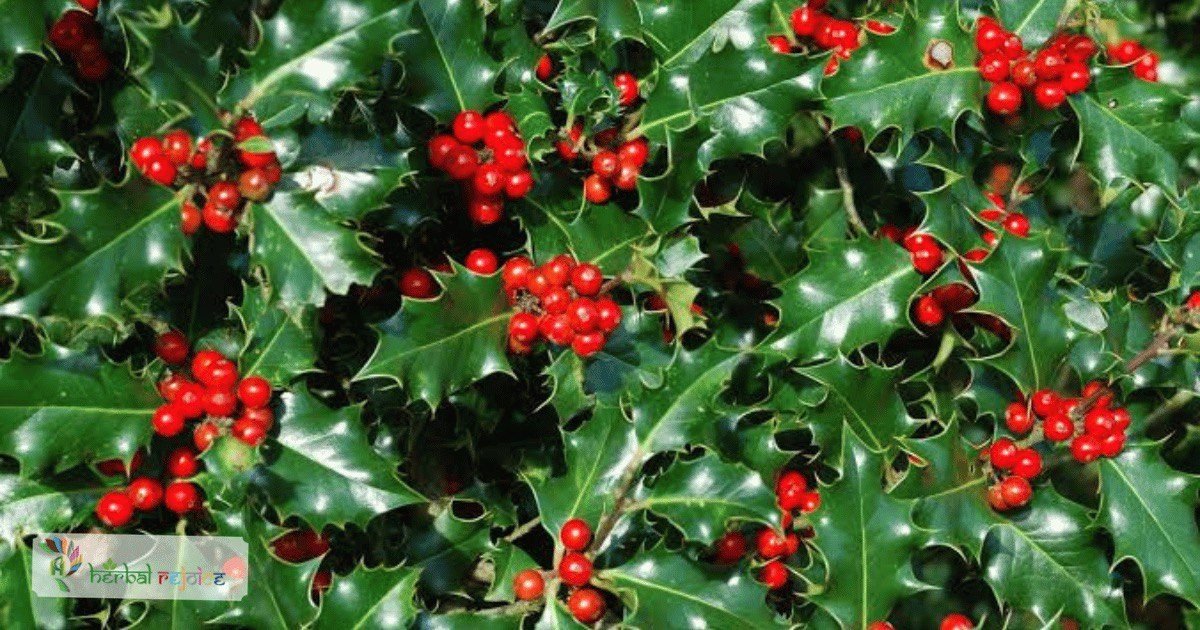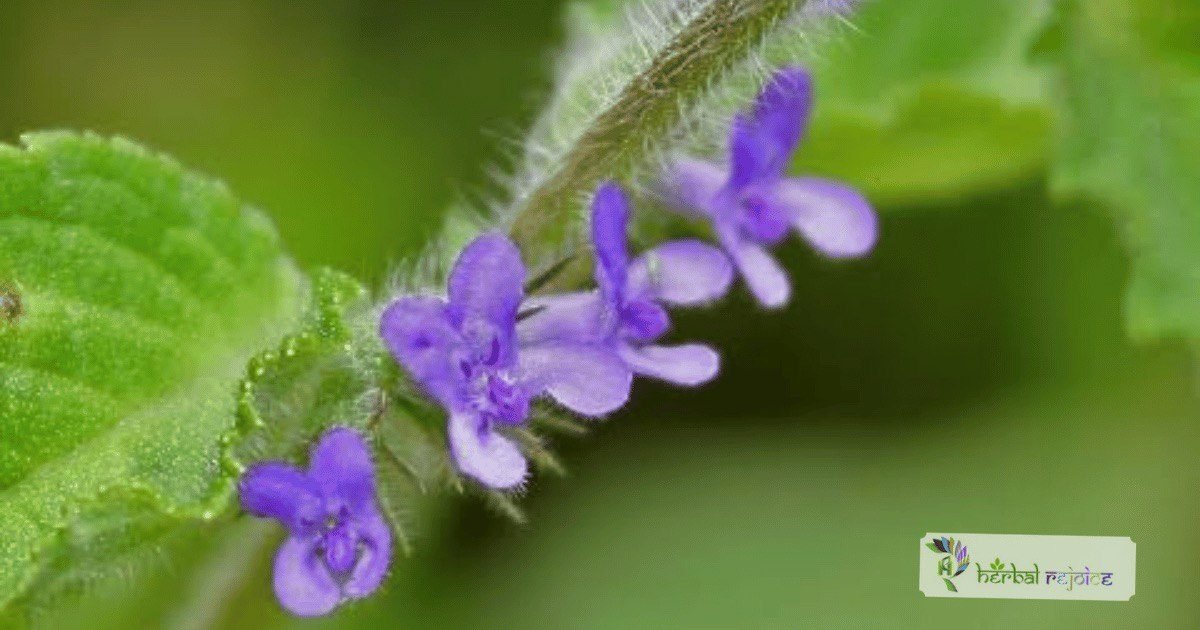Introduction
Woodfordia fruticosa, also known as Fire-flame Bush or Shiranjitea, belongs to the Lythraceae family. According to the Ayurvedic Pharmacopoeia of India, the dried flowers of W. fruticosa can be used in the treatment of acute diarrhea, hemorrhages, ulcerations, and erysipelas.

The dried flowers are powdered and applied to ulcers and wounds. Additionally, an ointment made from the flowers is used to treat pustules caused by smallpox.
Names and Habitat
It can be found throughout North India, although it is relatively scarce in South India. In Ayurveda, it is known by various names such as Dhaataki, Dhaatri, Kunjaraa, Taamrapushpi, Bahupushpi, and Vahnijwaalaa. In Siddha and Tamil traditions, it is called Velakkai.
Health Benefits of Shiranjitea
This plant has several medicinal properties and is commonly used in traditional medicine. The dried flowers of W. fruticosa are known to purify the blood and heal ulcers.
They also possess astringent properties and are often prescribed for conditions such as haematemesis, erysipelas, dysentery, diarrhea, menorrhagia, and leucorrhoea.
It is also used in the preparation of alcohol-based tonics for fermentation. When consumed in small doses, the plant acts as a stimulant. However, in larger doses, it can depress the central nervous system.
Key Components of Shiranjitea
The flowers and leaves of W. fruticosa contain various polyphenols such as ellagic acid, polystachoside, and myricetin-3-galactoside.
They also contain anthocyanins like pelargonidin-3,5-diglucoside and cyanidin-3,5-diglucoside, as well as other compounds like octacosanol, chrysophanol-8-O-beta-D-glucopyranoside, and beta-sitosterol.
The flowers contain hecogenin, mesoinositol, and flavone glycosides such as quercetin-3-rhamnoside, naringenin-7-glucoside, and kaempferol. The bark of the plant contains C-glucoside, bergenin, and tannins.
The flowers, leaves, and bark have different levels of tannin content, with the flowers having 24.1%, the leaves having 12-20%, and the bark having 20-27%.
Various tannins, including woodfordins A, B, and C, as well as trimeric tannins like woodfordin D and oenothein A and B, have been isolated from the dried flowers.
Recently Isolated Compound of Shiranjitea
Additionally, a new tannin monomer called isoschimawalin A and five oligomers (woodfordin E, F, G, H, and I) have been isolated.
Oenothein A and B exhibit significant host-mediated antitumour activity, while woodfordin C and D show antitumour activity. Woodfordin C also exhibits inhibitory activity toward DNA topoisomerase II.
Dosage
The suggested dosage for the dried flower powder of W. fruticosa is 3-6 grams.
Frequently Asked Questions
What is Shiranjitea?
Woodfordia fruticosa, also known as Fire-flame Bush or Shiranjitea, is a plant belonging to the Lythraceae family.
Where is Shiranjitea commonly found?
Shiranjitea can be found throughout North India, although it is relatively scarce in South India.
What are some other names for Shiranjitea in Ayurveda?
In Ayurveda, Shiranjitea is known by various names such as Dhaataki, Dhaatri, Kunjaraa, Taamrapushpi, Bahupushpi, and Vahnijwaalaa.
How is Shiranjitea used in traditional medicine?
Shiranjitea is commonly used in traditional medicine. The dried flowers of the plant are known to purify the blood and heal ulcers. They are also used for conditions such as haematemesis, erysipelas, dysentery, diarrhea, menorrhagia, and leucorrhoea.
What are the medicinal properties of Shiranjitea?
Shiranjitea possesses astringent properties and is commonly used to treat conditions such as acute diarrhea, hemorrhages, ulcerations, and erysipelas.
How are the dried flowers of Shiranjiteaa used in treatment?
The dried flowers of Shiranjitea can be powdered and applied to ulcers and wounds. Additionally, an ointment made from the flowers is used to treat pustules caused by smallpox.
What are the compounds found in Shiranjitea?
The flowers and leaves of Shiranjitea contain vaShiranjitearious polyphenols such as ellagic acid, polystachoside, and myricetin-3-galactoside. They also contain anthocyanins like pelargonidin-3,5-diglucoside and cyanidin-3,5-diglucoside, as well as other compounds like octacosanol, chrysophanol-8-O-beta-D-glucopyranoside, and beta-sitosterol.
What are some of the medicinal properties of the compounds found in Shiranjitea?
The compounds found in Shiranjiteaa have various medicinal properties, including antitumor activity and inhibitory activity toward DNA topoisomerase II.
How should Shiranjitea be consumed for medicinal purposes?
The suggested dosage for the dried flower powder of Shiranjitea is 3-6 grams. It is important to consult a healthcare professional before using this herb for medicinal purposes.
Can Shiranjitea act as a stimulant?
Yes, when consumed in small doses, Shiranjitea can act as a stimulant.
Can Shiranjitea depress tShiranjiteahe central nervous system?
Yes, in larger doses, Shiranjitea can depress the central nervous system.
What are the tannin content levels in different parts of Shiranjitea?
The flowers of Shiranjitea have a tannin content of 24.1%, the leaves have a tannin content of 12-20%, and the bark has a tannin content of 20-27%.
What are some of the tannins isolated from the dried flowers of Shiranjitea?
Various tannins have been isolated from the dried flowers of Shiranjitea, including woodfordins A, B, and C, as well as trimeric tannins like woodfordin D and oenothein A and B.





